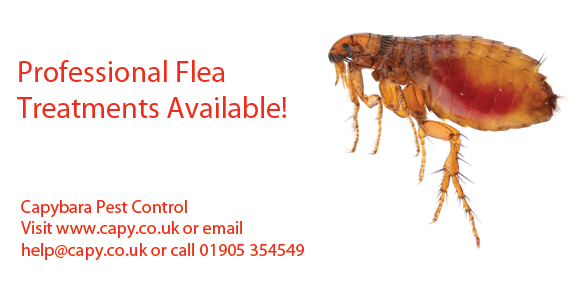I've designed and created a new iPhone/ Andriod application...
searched for 'capybara pest control' in the next couple of weeks or so and check it out.
The aim of the application is to help you identify what pest you may have! Any thoughts are greatly welcomed!
On other news, the wasp season is coming so be prepared!
We supply to worlds best wasp trap, the waspbane wasp trap
The waspbane wasp trap is used in most theme parks in the UK and its exceptionally effective because the wasp never seems threatened. In other wasp traps, the wasp enters the trap and due to its design and bait, the wasp becomes aggressive and releases a phermone to warn other worker works. These worker wasps become aggressive and can sting to protect the queen and nest.
The waspbane has reduced sting rates in theme parks to nearly 98%!
With the release of this wasp trap, you could argue the fact that all public areas should be protected. You wouldn't eat in a restaurant with cockroaches in the kitchen, so why drink in a pub garden and be plagued by wasps?
searched for 'capybara pest control' in the next couple of weeks or so and check it out.
The aim of the application is to help you identify what pest you may have! Any thoughts are greatly welcomed!
On other news, the wasp season is coming so be prepared!
We supply to worlds best wasp trap, the waspbane wasp trap
The waspbane wasp trap is used in most theme parks in the UK and its exceptionally effective because the wasp never seems threatened. In other wasp traps, the wasp enters the trap and due to its design and bait, the wasp becomes aggressive and releases a phermone to warn other worker works. These worker wasps become aggressive and can sting to protect the queen and nest.
The waspbane has reduced sting rates in theme parks to nearly 98%!
With the release of this wasp trap, you could argue the fact that all public areas should be protected. You wouldn't eat in a restaurant with cockroaches in the kitchen, so why drink in a pub garden and be plagued by wasps?








































